Rising Demand for Healthier Food Options
The Fat Replacers Market is experiencing a notable surge in demand for healthier food alternatives. As consumers become increasingly health-conscious, there is a growing preference for products that offer reduced fat content without compromising taste. This trend is reflected in the food and beverage sector, where manufacturers are reformulating existing products to incorporate fat replacers. According to recent data, the market for fat replacers is projected to grow at a compound annual growth rate of approximately 5.5% over the next few years. This shift towards healthier eating habits is driving innovation in the Fat Replacers Market, as companies strive to meet consumer expectations for nutritious and flavorful options.
Consumer Preference for Clean Label Products
The trend towards clean label products is significantly shaping the Fat Replacers Market. Consumers are increasingly scrutinizing ingredient lists and favoring products that are perceived as natural and free from artificial additives. This shift in consumer preference is prompting food manufacturers to reformulate their products using fat replacers that align with clean label principles. As a result, the Fat Replacers Market is witnessing a rise in demand for fat replacers derived from natural sources, such as plant-based ingredients. This trend not only caters to health-conscious consumers but also aligns with the broader movement towards transparency and sustainability in food production.
Technological Advancements in Food Processing
Technological advancements play a pivotal role in shaping the Fat Replacers Market. Innovations in food processing techniques have enabled manufacturers to develop more effective fat replacers that mimic the sensory attributes of traditional fats. These advancements not only enhance the functionality of fat replacers but also improve their stability and shelf life. For instance, the use of microencapsulation technology allows for better delivery of fat replacers in various food applications. As a result, the Fat Replacers Market is witnessing an influx of new products that cater to diverse consumer preferences, thereby expanding market opportunities and driving growth.
Regulatory Support for Healthier Food Products
Regulatory bodies are increasingly advocating for healthier food options, which is positively impacting the Fat Replacers Market. Governments around the world are implementing policies aimed at reducing fat content in processed foods, thereby encouraging manufacturers to adopt fat replacers in their formulations. This regulatory support not only fosters innovation but also creates a conducive environment for the growth of the Fat Replacers Market. For example, initiatives promoting the reduction of trans fats in food products have led to a surge in the development and use of fat replacers. Consequently, this regulatory landscape is likely to drive further investment in research and development within the industry.
Increased Awareness of Obesity and Related Health Issues
The rising awareness of obesity and its associated health risks is significantly influencing the Fat Replacers Market. As public health campaigns highlight the dangers of excessive fat consumption, consumers are actively seeking alternatives that can help them manage their weight. This shift in consumer behavior is prompting food manufacturers to explore fat replacers as viable solutions to meet the demand for lower-calorie products. Recent studies indicate that the obesity epidemic has led to a 30% increase in the consumption of low-fat and fat-free products, further propelling the growth of the Fat Replacers Market. This trend underscores the importance of fat replacers in promoting healthier dietary choices.
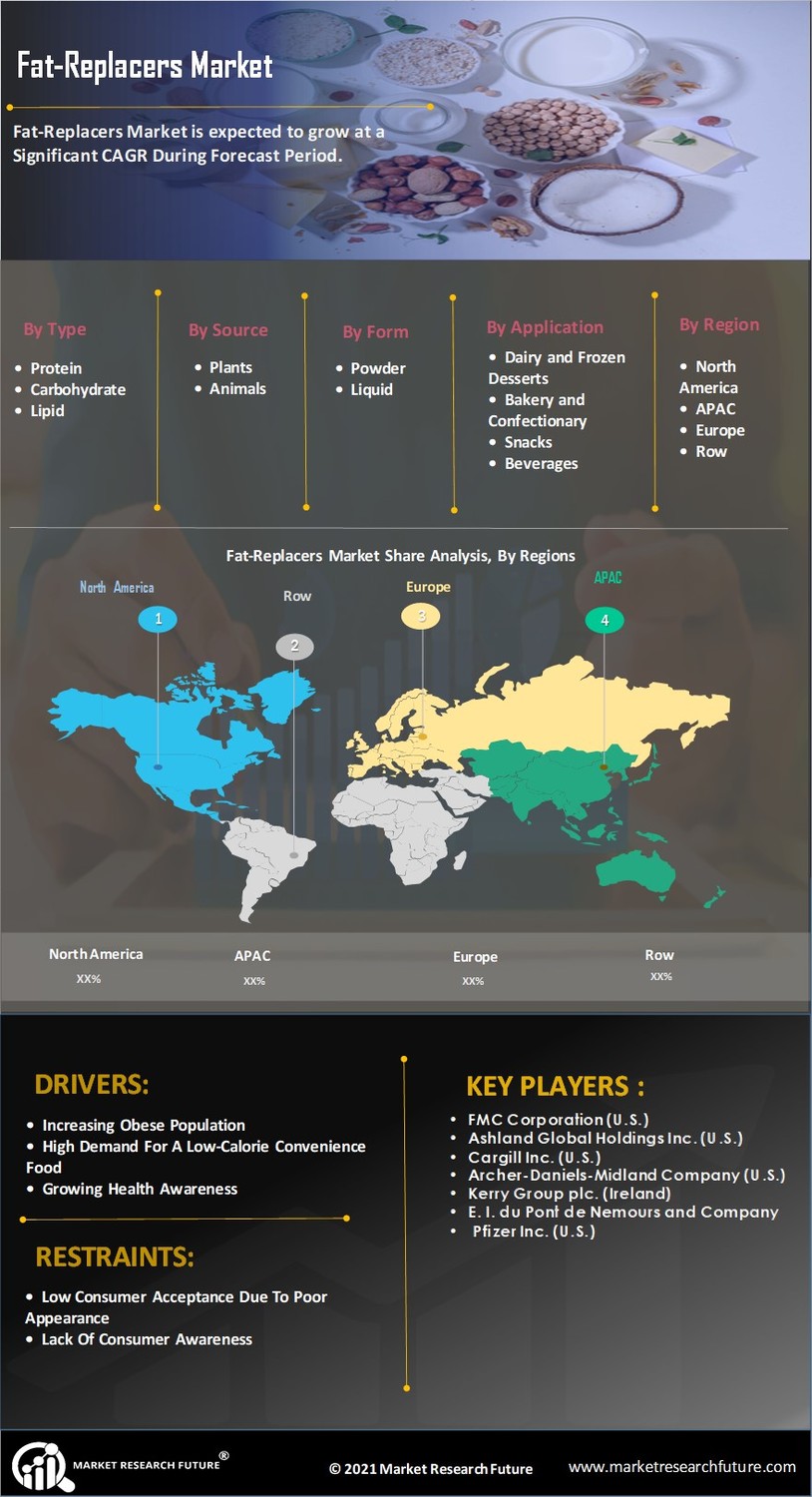


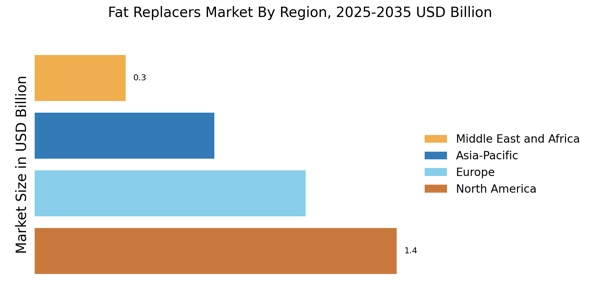
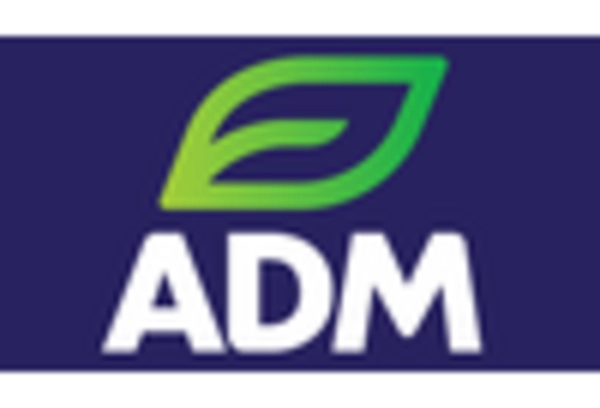
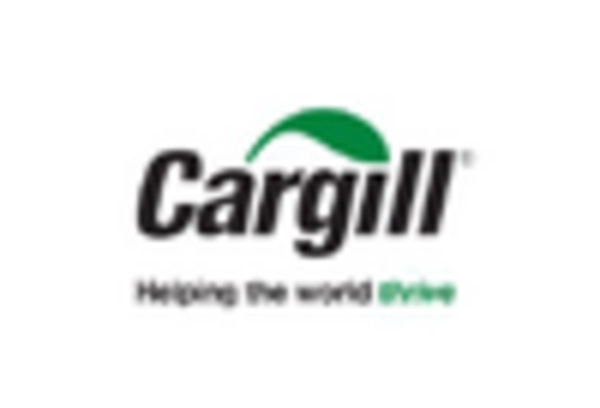
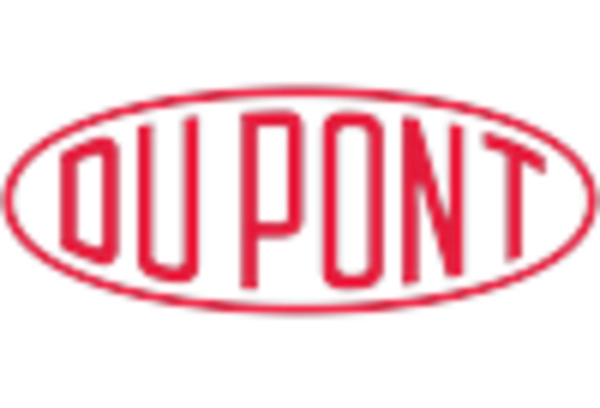

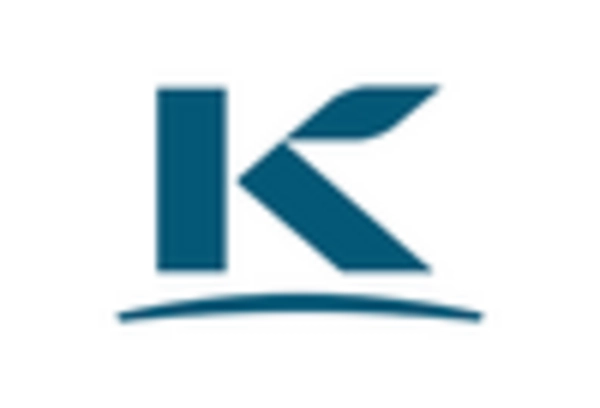
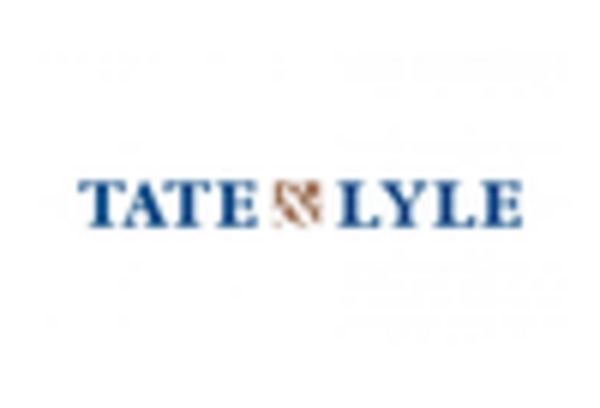








Leave a Comment